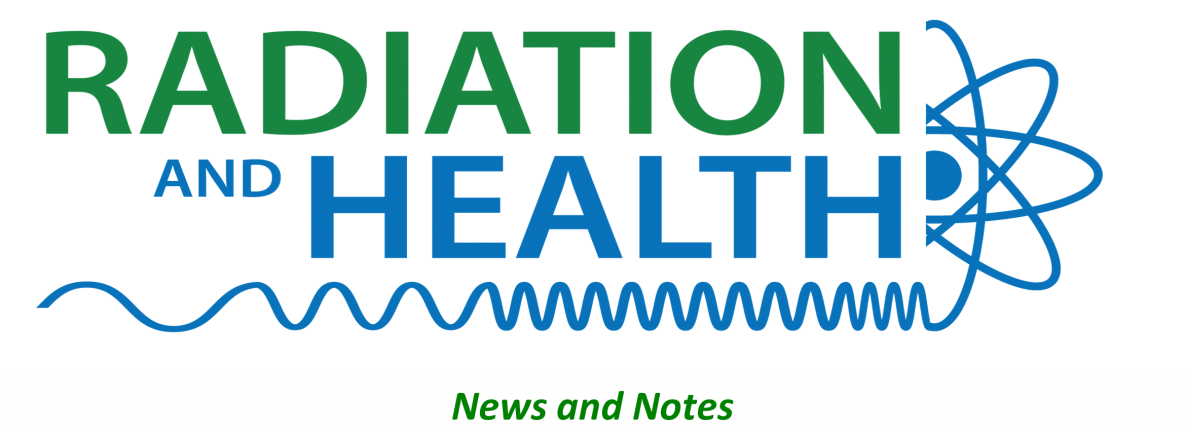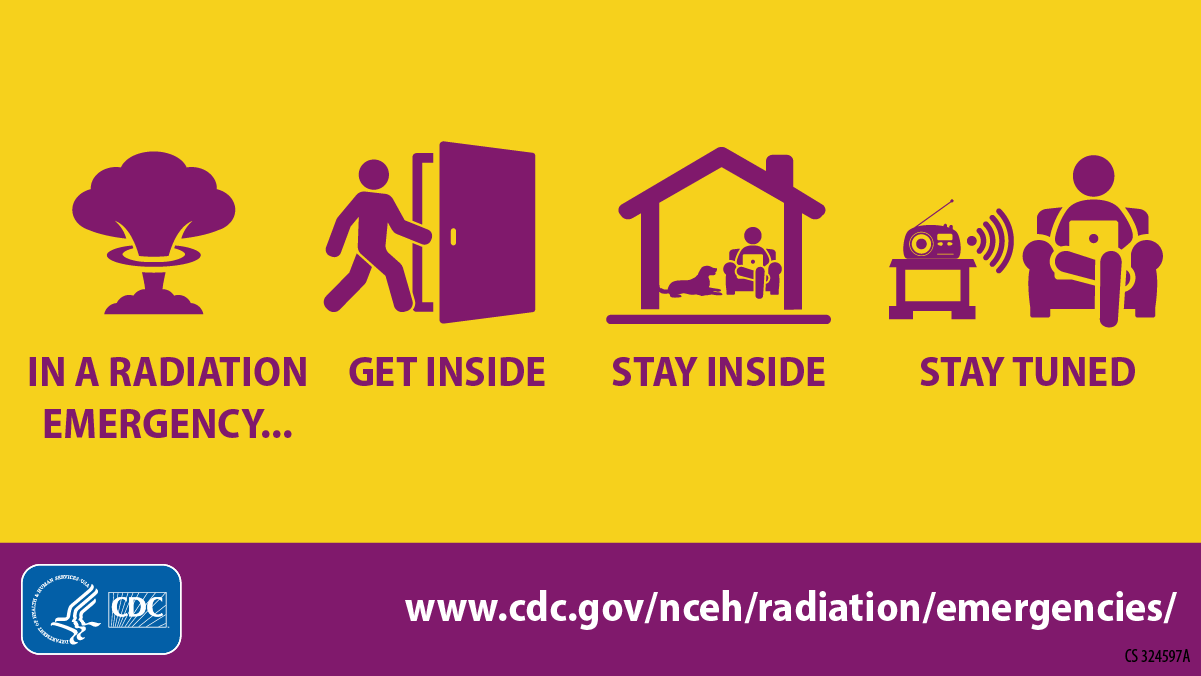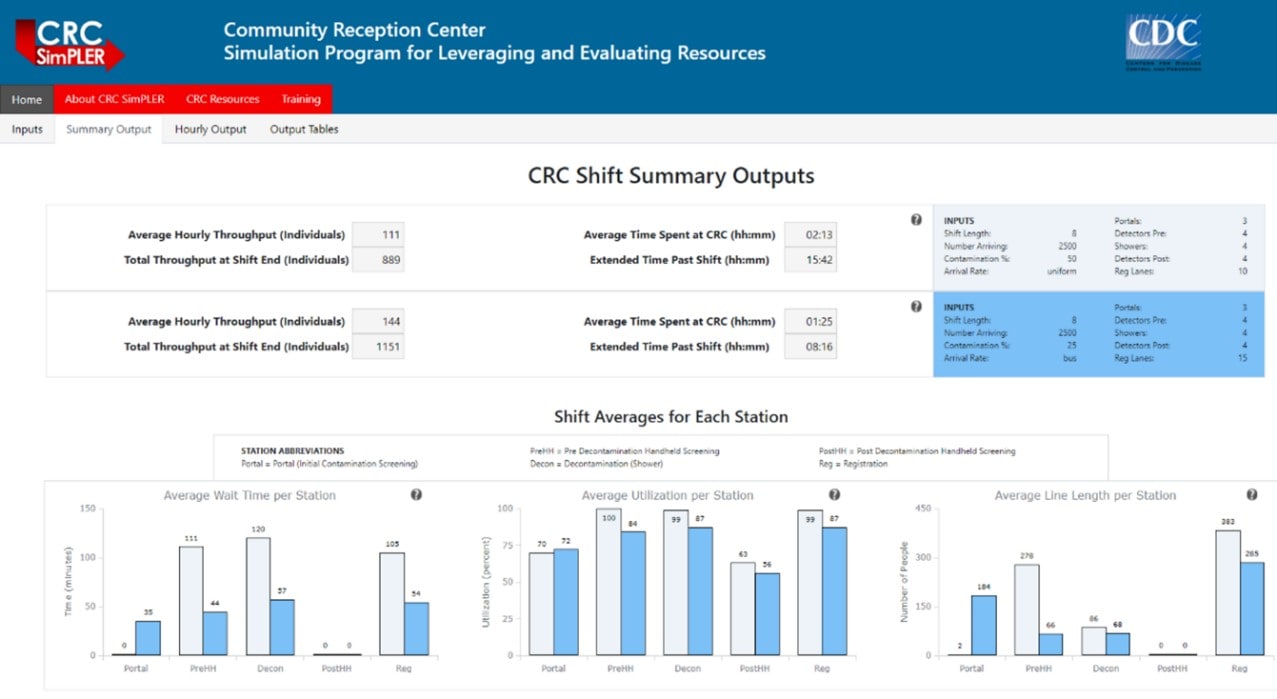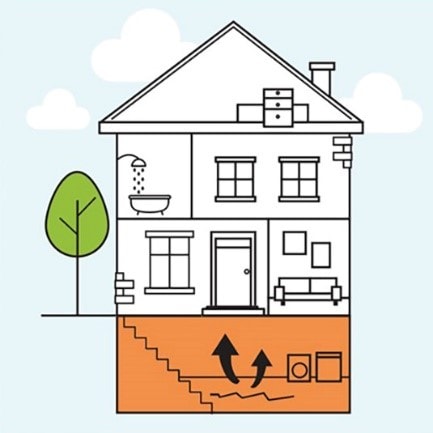Radiation and Health Newsletter – September 2021

September is National Preparedness Month!
During National Preparedness Month, review the ways you can prepare for a radiation emergency.
Whether you are a member of the impacted community, a first responder, or a public health professional, there are steps you can take to protect yourself and others in a radiation emergency.
CDC offers information, training, and tools on its website. Check back frequently for updates.

Success Stories in Radiation Emergency Preparedness: Watch new videos featuring our state and local partners demonstrating best practices in planning for a radiation emergency applying CDC tools and resources. Hear from our partners:
- Texas (El Paso): Building Local and International Relationships to Improve Radiation Emergency Preparedness
- Texas: Radiation Emergency Preparedness Across State Regions
- Mississippi: Improving Radiation Emergency Preparedness Through Tools, Training, and Partnerships
- California: Building Partnerships and Communication Tools to Improve Radiation Emergency Preparedness
Additional best practices videos from New Jersey, Tennessee, and Georgia also can be viewed on our website. Thanks to our partners who have shared their success stories with us. We love hearing from you! Share your best practices with us by visiting https://wwwn.cdc.gov/dcs/ContactUs/Form.
Radiation Risk Communication for Public Health: In this training, public health and emergency management professionals can learn how to apply CDC’s established Crisis and Emergency Risk Communication principles to plan for and respond to a radiation emergency. Communication will be a critical response element in any radiation emergency.
Radiation Response Briefing Manual: A Guide for Key Leaders and Public Health Decision Makers [PDF – 20.1 MB]: This new publication provides a brief overview of radiation hazards and response considerations for radiation emergencies. The manual gives leaders and other staff a quick working knowledge of radiation emergency response, so that they can ask the right questions, work effectively with partner agencies, and make informed decisions.
Copies of the Briefing Manual and many other radiation emergency preparedness trainings, tools, and guidance documents also are available by request from CDC-INFO at https://wwwn.cdc.gov/dcs/ContactUs/Form.
Updates to CDC’s Community Reception Center SimPLER Planning Tool: CDC has released a new version of the Community Reception Center (CRC) SimPLER tool. This planning tool enables state and local public health emergency officials to estimate needed resources to set up CRCs after a radiation emergency.

Key updates include:
- Comparison Feature: CRC SimPLER now allows users to view two different CRC simulations on one output page in a side-by-side comparison. The comparison feature was the most requested feature during both user testing and training sessions.
- Arrival Distributions: CRC SimPLER now has two arrival patterns for users to compare how busloads of people versus a uniform arrival rate might affect their processing capacity for potentially contaminated populations after a radiation emergency. Arrival patterns have been identified as one of the most influential factors how lines may build up following an evacuation or emergency event.
- Available CRC SimPLER Options: With the addition of new arrival distributions, CRC SimPLER has about 100,000 combinations of options for users to choose from.
This new comparison feature and the arrival pattern information will assist state and local public health planners and radiation emergency responders to better prepare for and respond to a radiation emergency. Users can estimate their potential capacity to screen, decontaminate, and register large populations following a radiation emergency. CDC staff are working to potentially expand this useful tool for other public health emergencies involving points of distribution. Check out CRC SimPLER today!
CDC’s CRC SimPLER was developed by a collaboration between CDC’s Radiation Studies Section, which provides guidance and technical assistance to public health partners for planning and responding to radiation emergencies, and the CDC Environmental Public Health Tracking Program, which develops tools, applications, and products that utilize environmental health data for public health action.
Radon is a Year-Round Issue
Although January is Radon Action Month, as we enter the fall season, it’s a good idea to consider testing your home for radon.
Radon is an odorless and invisible radioactive gas released when some naturally occurring radioactive materials break down in rocks, soil, and water and can build up to dangerous levels inside homes or buildings. During the winter months, homes are often more closed off, and radon levels can be higher than warmer months.
Radon is the second leading cause of lung cancer after cigarette smoking. The U.S. Environmental Protection Agency and the Surgeon General’s Office estimate radon is responsible for about 21,000 lung cancer deaths each year in the U.S.

Any home can have a radon problem. Whether your home is drafty or well-sealed, radon can still build up and get trapped inside. An estimated 1 in 15 homes has high radon levels.
When you breathe in radon, radioactive particles from the decay of radon gas can get trapped in your lungs. Over time, these radioactive particles increase the risk of lung cancer.
Testing your home is the only effective way to determine whether you and your family are exposed to high levels of radon. You can take steps to reduce high radon levels in your home.
Learn more about how to protect yourself and your family.
Radon can also be a problem in schools and workplaces. Find out more about radon in schools, daycares and childcare facilities, and workplaces by visiting www.epa.gov/radon.
Please share this resource with your colleagues, partners, and networks.
Did you receive this newsletter from someone else?
Sign up for CDC’s Radiation and Health newsletter to get the latest updates, activities, and news about radiation and health and radiation emergency preparedness.